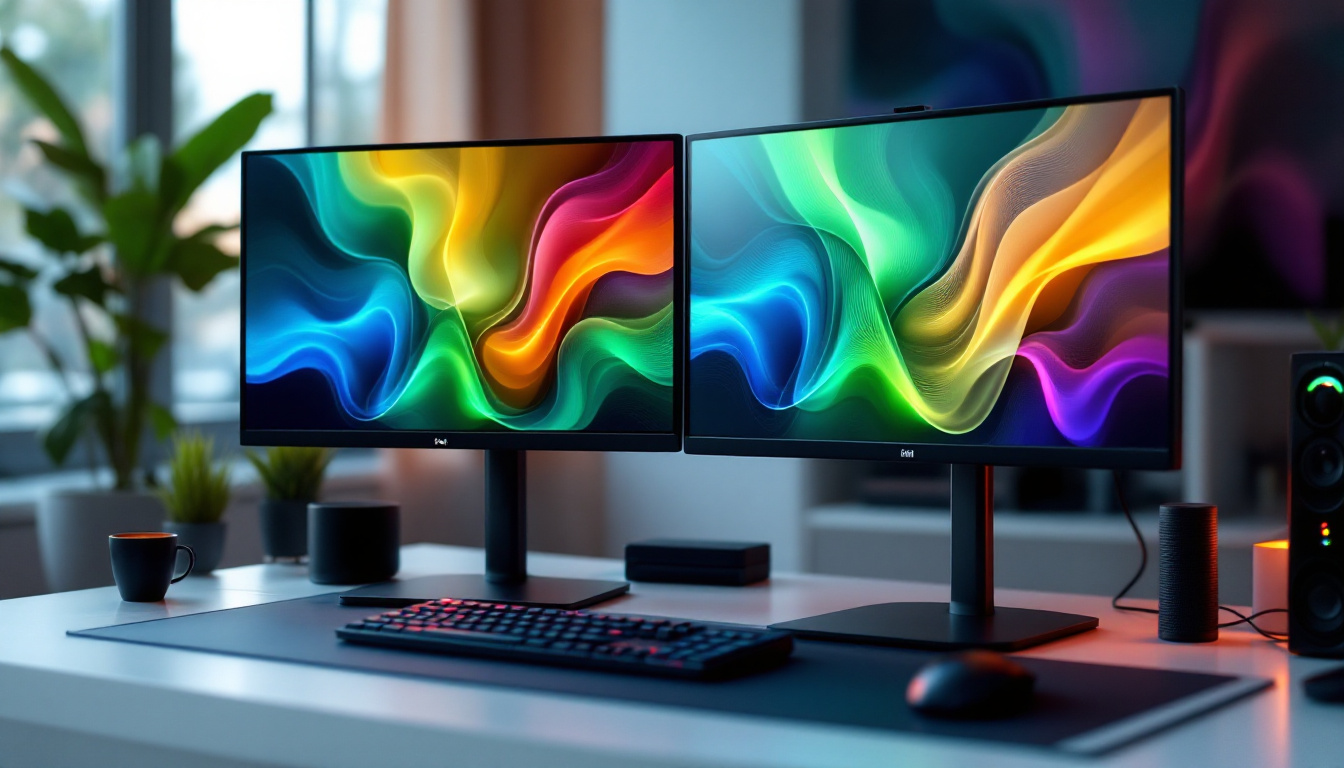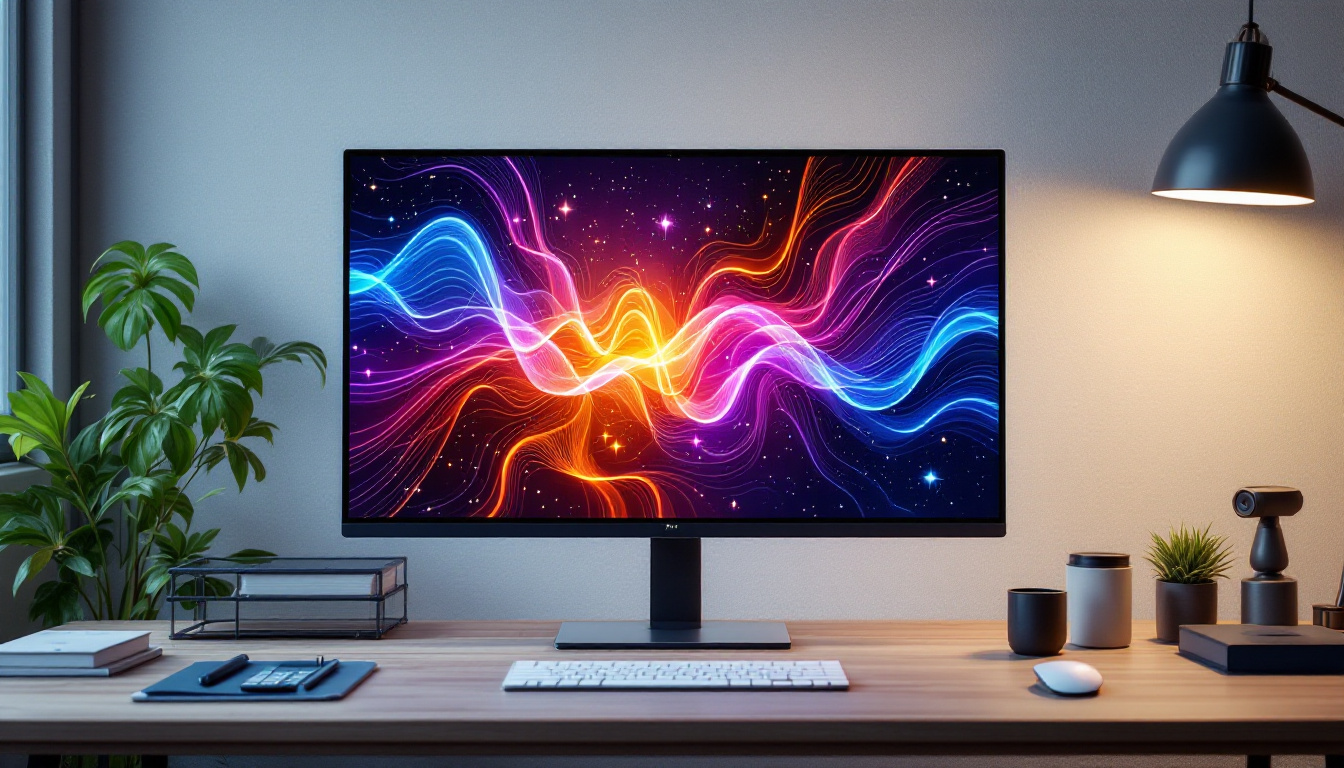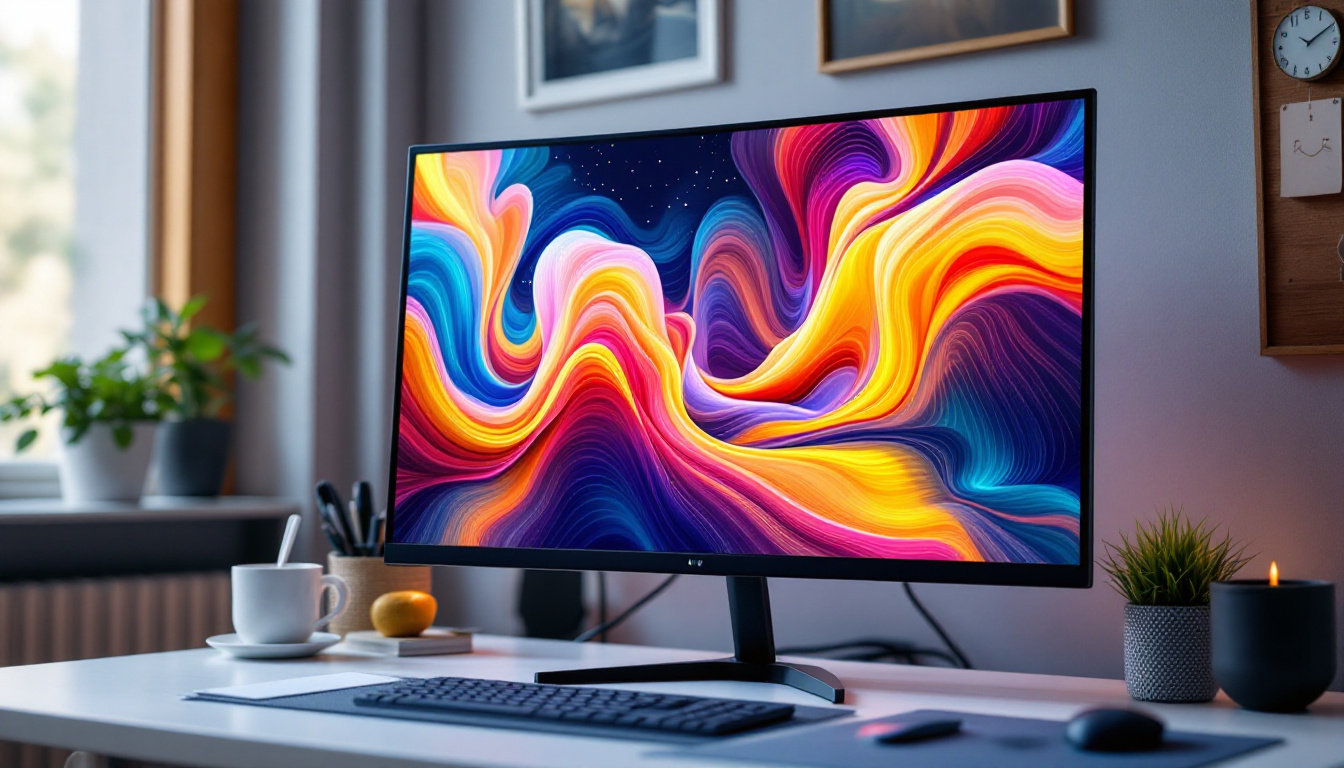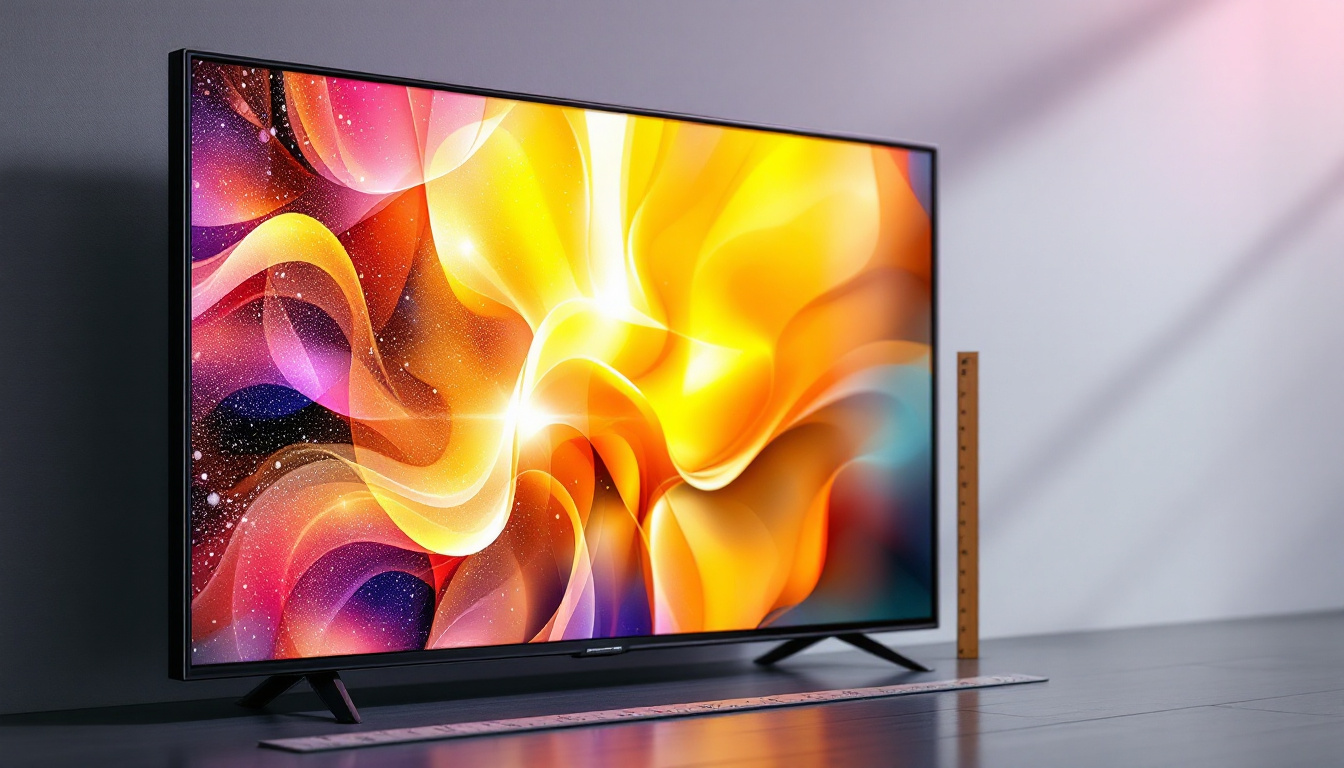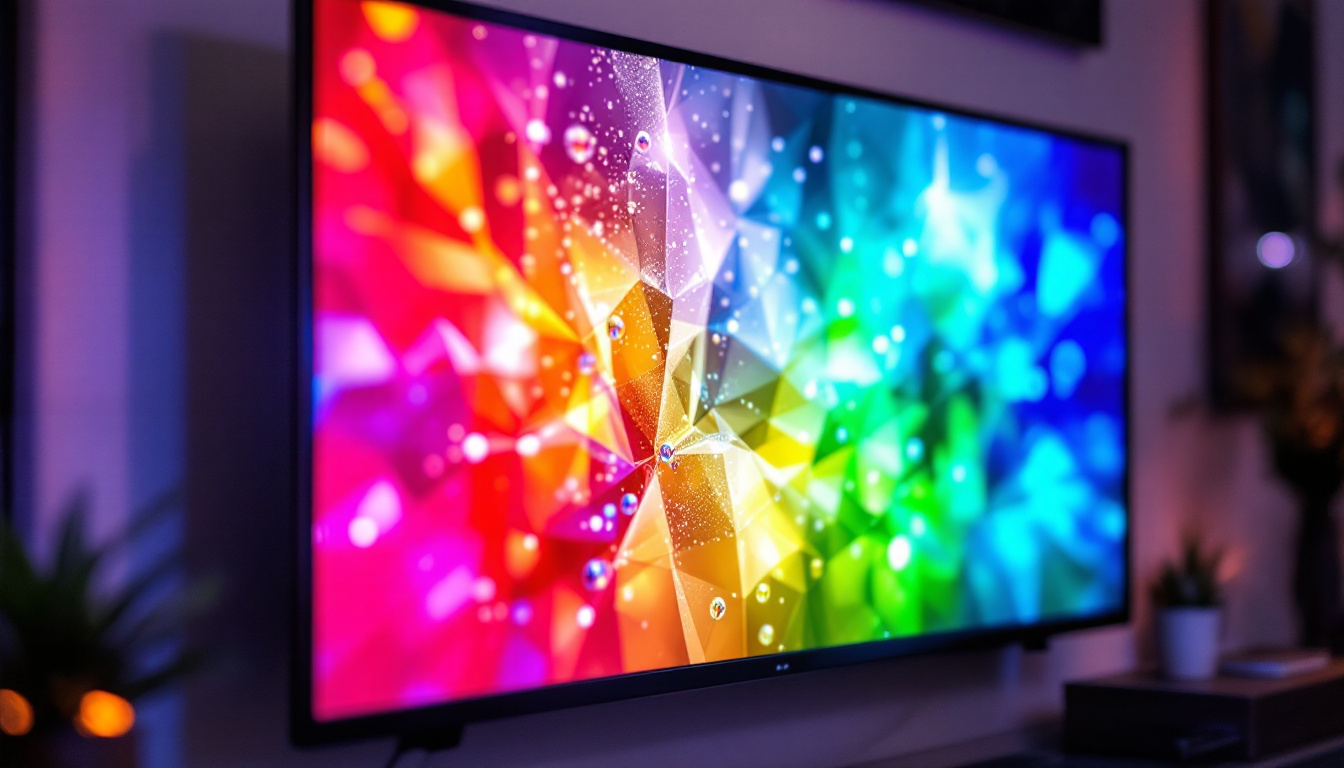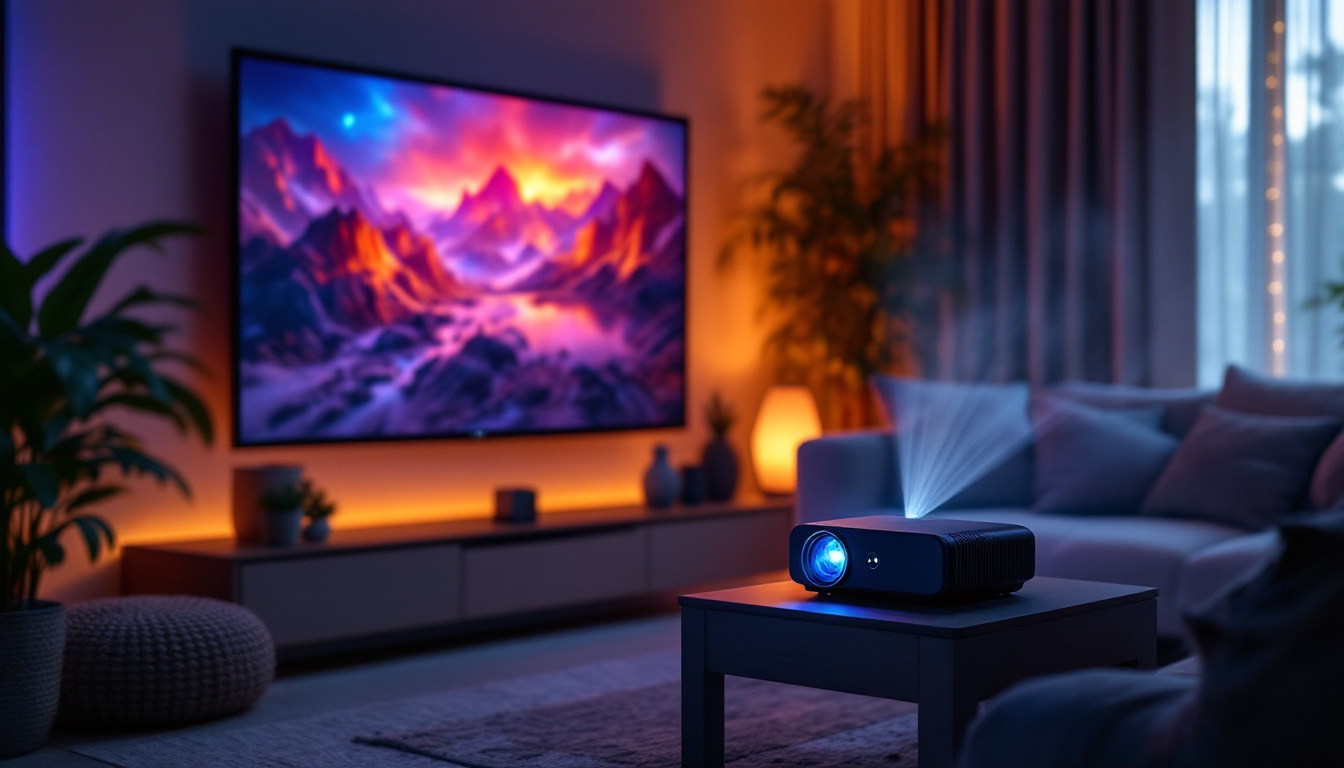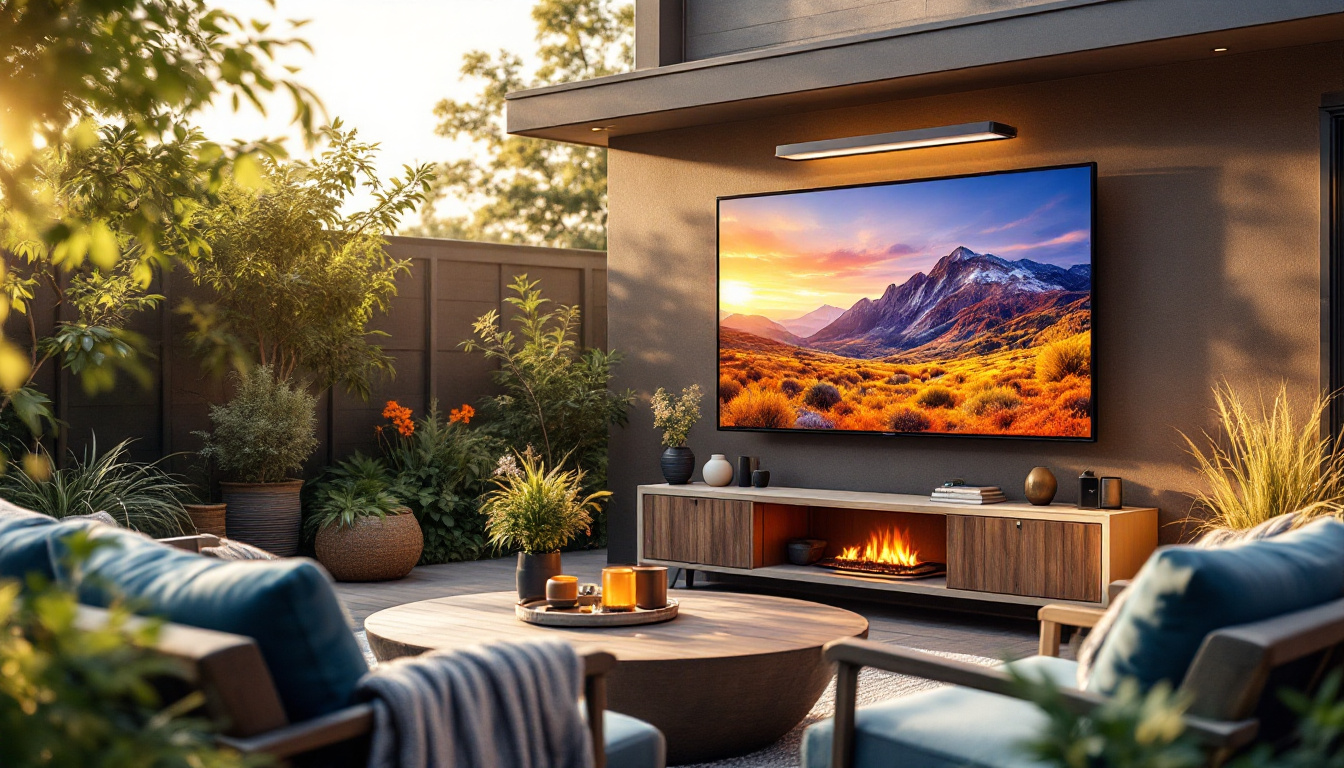In the world of smartphones, the display technology plays a crucial role in user experience. Among the various types of screens available, LCD (Liquid Crystal Display) and LED (Light Emitting Diode) technologies are the most common. While often mentioned together, they serve different functions and have unique characteristics. This article will delve into the intricacies of phone screen LCDs and LED displays, exploring their features, benefits, and the differences that set them apart.
Understanding LCD Technology
LCD technology has been a staple in the display market for many years. It operates by using liquid crystals sandwiched between two layers of glass or plastic. When an electric current is applied, these crystals align to allow varying degrees of light to pass through, creating images and colors on the screen.
How LCD Works
The fundamental operation of an LCD involves the manipulation of light. Behind the liquid crystal layer is a backlight, which is typically made up of fluorescent tubes or LEDs. The backlight emits light that passes through the liquid crystals. By controlling the alignment of these crystals, the display can produce a wide range of colors and images. This technology is known for its sharpness and clarity, making it ideal for mobile devices. The backlight itself can significantly influence the display’s performance; for instance, LED backlighting not only enhances brightness but also improves energy efficiency and color accuracy compared to traditional fluorescent backlights.
Types of LCD Displays
There are several types of LCD displays used in smartphones, including Twisted Nematic (TN), In-Plane Switching (IPS), and Vertical Alignment (VA). Each type has its own advantages and disadvantages. For instance, TN panels are known for their fast response times and are often used in gaming devices. In contrast, IPS panels offer better color accuracy and wider viewing angles, making them popular in premium smartphones. VA panels, while less common in mobile devices, excel in producing deep blacks and high contrast ratios, which can enhance the viewing experience for movies and gaming. Understanding these differences can help consumers make informed choices based on their specific needs and usage scenarios.
Advantages of LCD Screens
One of the primary advantages of LCD technology is its energy efficiency. LCD screens consume less power compared to older technologies like CRT (Cathode Ray Tube) displays. Additionally, they are generally thinner and lighter, making them suitable for sleek smartphone designs. LCDs also provide good brightness levels, ensuring visibility even in bright sunlight. Furthermore, the durability of LCD screens is noteworthy; they are less prone to burn-in issues compared to OLED displays, which can suffer from image retention over time. This makes LCDs a reliable choice for applications where static images are frequently displayed, such as in navigation systems or digital signage.
Moreover, the manufacturing process of LCDs has evolved significantly, leading to reduced costs and increased availability. Innovations such as the development of advanced color filters and improved pixel density have enhanced the overall quality of LCD displays, allowing for richer colors and finer details. As a result, LCD technology continues to be a competitive option in the market, especially in mid-range devices where cost-effectiveness is crucial. The ongoing research and development in this field promise even more advancements, potentially leading to new types of LCDs that could further bridge the gap between performance and affordability.
Exploring LED Technology
LED technology, while often associated with LCDs, is a distinct form of display technology. Rather than being a separate type of display, LEDs are used as a backlight source for LCD screens or as individual pixels in OLED (Organic Light Emitting Diode) displays. Understanding how LEDs function in conjunction with LCDs is essential for grasping their impact on screen performance. The evolution of LED technology has transformed how we interact with screens, from televisions to smartphones, enhancing not only visual quality but also user experience.
How LED Backlighting Works
In LCD displays, LED backlighting enhances the overall brightness and color quality. LEDs can be arranged in various configurations, such as edge-lit or full-array. In edge-lit displays, LEDs are placed along the edges of the screen, while full-array displays have a grid of LEDs behind the screen. This arrangement allows for better control of brightness and contrast, significantly improving the viewing experience. Full-array backlighting, in particular, enables local dimming, where specific areas of the screen can be dimmed or brightened independently, resulting in more realistic images and deeper blacks in dark scenes.
Advantages of LED Displays
LED technology offers several advantages over traditional LCD backlighting. One of the most notable benefits is improved energy efficiency. LEDs consume less power than fluorescent backlights, leading to longer battery life in smartphones. Additionally, LED displays can achieve higher brightness levels and better contrast ratios, resulting in more vibrant colors and deeper blacks. The longevity of LED lights also contributes to their appeal; they can last significantly longer than traditional bulbs, reducing the need for frequent replacements and maintenance. This durability makes them an excellent choice for both consumer electronics and large-scale displays, such as digital billboards.
LED vs. LCD: Key Differences
While LED and LCD technologies are often discussed together, they are not the same. The primary difference lies in the backlighting method. LCDs can use either fluorescent or LED backlighting, while LED displays are specifically those that utilize LEDs for illumination. This distinction is crucial when evaluating display quality, as LED-backlit LCDs generally offer superior performance compared to traditional LCDs. Furthermore, the advancements in LED technology have led to the development of Mini-LED and Micro-LED displays, which promise even finer control over light and color, pushing the boundaries of what is possible in display technology. These innovations are paving the way for future applications in virtual reality and augmented reality, where clarity and responsiveness are paramount.
Comparing LCD and LED Displays in Smartphones
When it comes to smartphones, the choice between LCD and LED displays can significantly affect user experience. Each technology has its strengths and weaknesses, making it essential to consider various factors when selecting a device.
Color Accuracy and Brightness
Color accuracy is a vital aspect of display quality. IPS LCDs are known for their excellent color reproduction, making them ideal for photography and graphic design applications. However, LED displays, particularly those using OLED technology, can achieve even greater color accuracy and vibrancy. The ability of OLEDs to turn off individual pixels allows for true blacks and stunning contrast ratios, which can enhance the visual experience. This capability not only improves the overall aesthetic of images and videos but also contributes to energy efficiency, as darker images consume less power on OLED screens.
Moreover, the brightness levels of these displays can vary significantly. While LCDs can reach impressive brightness levels, making them suitable for outdoor use, OLEDs often struggle in direct sunlight due to their reflective surfaces. However, advancements in OLED technology have led to brighter screens that can compete with LCDs, providing users with a more versatile viewing experience regardless of lighting conditions.
Viewing Angles
Viewing angles are another critical consideration. IPS LCDs generally offer wider viewing angles compared to TN panels, ensuring that colors remain consistent even when viewed from the side. On the other hand, OLED displays excel in this area, providing excellent color fidelity from virtually any angle. This feature is particularly beneficial for users who often share their screens with others. Additionally, the lack of color shift in OLEDs means that whether you are watching a movie with friends or showing off your latest photos, the experience remains visually stunning for everyone involved.
Furthermore, the ability of OLED displays to maintain their vibrancy at extreme angles can enhance the overall usability of a smartphone. Users can comfortably view content from various positions without compromising on quality, making it a preferred choice for social interactions or collaborative work. This aspect of OLED technology is particularly advantageous in a world where sharing content has become an integral part of the smartphone experience.
Response Times and Gaming Performance
For gamers, response time is a crucial factor. TN panels typically have the fastest response times, making them suitable for fast-paced gaming. However, modern IPS LCDs have improved significantly in this regard, offering competitive response times. OLED displays also provide rapid response times, making them an excellent choice for gaming enthusiasts who demand high performance. The quick refresh rates of OLED screens can lead to smoother gameplay, reducing motion blur and enhancing the overall gaming experience.
In addition to response times, the refresh rates of displays play a significant role in gaming performance. Many smartphones now feature high refresh rate displays, with some OLED screens supporting up to 120Hz or even 144Hz. This increased refresh rate can make a noticeable difference in how fluidly games run, providing a more immersive experience. Gamers looking for a device that can handle intense action sequences with minimal lag should consider the advantages offered by OLED technology, as it not only enhances responsiveness but also contributes to a more engaging visual experience overall.
The Future of Phone Displays
The evolution of display technology continues to advance rapidly, with new innovations emerging regularly. As manufacturers strive to improve user experience, several trends are shaping the future of phone displays.
Flexible and Foldable Displays
One of the most exciting developments in display technology is the advent of flexible and foldable screens. These innovations allow for larger displays without increasing the overall size of the device. Manufacturers are experimenting with OLED technology to create screens that can bend and fold, offering users new ways to interact with their devices.
Higher Resolutions and Refresh Rates
As smartphones become increasingly powerful, the demand for higher resolutions and refresh rates is growing. Many flagship devices now feature displays with resolutions exceeding 1080p, providing stunning clarity and detail. Additionally, higher refresh rates, such as 120Hz or even 144Hz, are becoming more common, resulting in smoother scrolling and improved gaming experiences.
Enhanced Durability and Protection
Durability is another area of focus for smartphone displays. Manufacturers are investing in technologies that enhance screen toughness, such as Gorilla Glass or other advanced materials. These innovations aim to reduce the risk of cracks and scratches, ensuring that users can enjoy their devices without the constant worry of damage.
Conclusion
Understanding the differences between LCD and LED displays is essential for anyone looking to purchase a smartphone. While both technologies have their advantages, the choice ultimately depends on individual preferences and usage scenarios. As display technology continues to evolve, users can expect even more impressive advancements that enhance their mobile experience.
Whether opting for a vibrant OLED display or a reliable LCD screen, the right choice will depend on factors such as color accuracy, viewing angles, and intended use. With ongoing innovations in flexible displays, higher resolutions, and improved durability, the future of phone screens promises to be both exciting and transformative.
Discover LumenMatrix’s Advanced LED Display Solutions
As you consider the future of phone displays and the impact they have on your daily life, take the opportunity to explore the innovative LED display technologies offered by LumenMatrix. With a commitment to revolutionizing visual communication, LumenMatrix provides a wide array of LED display modules, from Indoor and Outdoor LED Wall Displays to specialized solutions like Vehicle LED Displays and LED Sports Displays. Experience how our LED Poster Displays, Floor LED Displays, and Custom LED solutions can transform your brand’s visibility and audience engagement. Embrace the future with LumenMatrix’s All-in-One and Transparent LED Displays, designed to captivate and convey your message with unparalleled clarity. Check out LumenMatrix LED Display Solutions and be a part of the visual revolution.




